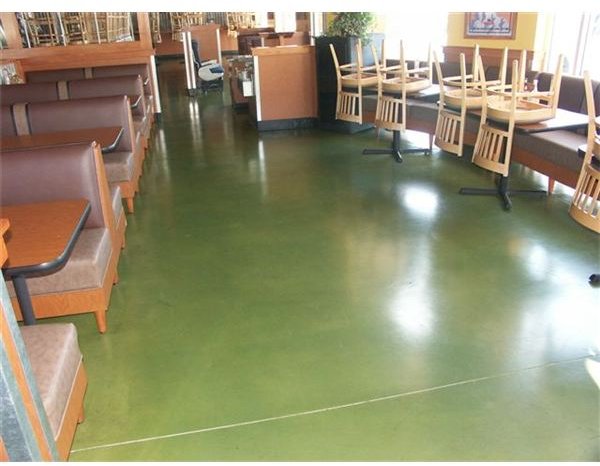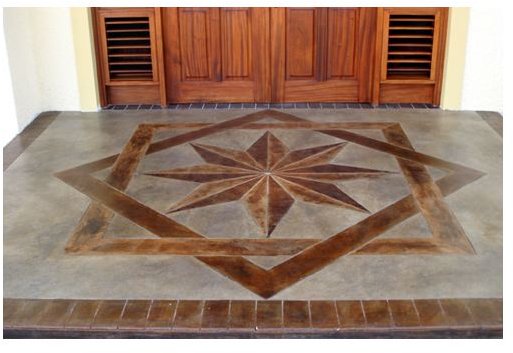About Decorative Concrete, the Textured Overlay Method, and Concrete Staining
Influence Of Decorative Concrete
Home owners, contractors, and designers have acknowledged the worth of utilizing decorative concrete in numerous applications. Decorative concrete changes the conventional grey concrete into floors of different colors, expensive porches, and weather resistant kitchen tops. Attractive modern concrete designs are being used to improve the appearance significantly of the entrances, pool decks, and many more. Decorative concrete is used not only in the expensive homes, but also in the simple budgeted houses. The attraction of decorative concrete is continuously growing. It is now recognized as an attractive feature of any structure. The progress in concrete tools, dyes, stains, textures, and patterns have revolutionized the concrete market. The usual techniques used for the preparation of decorative concrete surfaces are called textured overlay and concrete staining.
Textured Overlays
Textured overlay is a thin layer of colored polymeric concrete that is laid on the substrate and subsequently textured. The concrete is washed and etched by acid for the removal of any dirt material. All cracks and damaged regions of the concrete substrate are removed or repaired with concrete or a suitable repair mortar. Curing will require a specified time period before applying the overlay coating. After the preparation of the substrate, an effective bond is ensured between the overlay and the substrate by the application of a primer coat. The overlay is textured by using texture mats, textured rollers, stencils, or other tools for decoration to obtain the desired result.
Concrete Staining
Concrete staining is a modern process that is developing rapidly in the concrete technology. The effect of color staining is that a

surface is produced that has an appealing look, unlike the normal concrete. A multiple range of colors can be created. This process is more generally used on the slabs that are used internally such as floors, and not normally for external usage such as paths and the driveways. The kinds of stain used for concrete coloring include the chemical staining, normally the stains by acid etching, and the surface colorings. Chemical staining involves the release of reactive chemicals into the top concrete layer. A chemical reaction occurs with the lime content, causing a nearly everlasting color change that is irreversible. Acid is also used to force the chemicals into the concrete, and is called acid etched staining. The concrete that is required to be stained should be cleaned properly, without any pollutants. The slab that is required to be stained is cured completely, i.e. for 28 days. The surface is ground to obtain a clean surface that will enable the stain to enter inside the concrete. All dust is removed before staining. The surface is cleaned with water, and the stain is applied by a sprayer or a brush. Subsequently, the surface is washed to remove the chemical residuals, and after drying, a sealant is applied. Several other staining techniques can also be used in combination, such as scoring and sand blasting.
Limitations Of Color Staining
There are several limitations in the technology concerning color staining, due to which the achievement of the specific color is not very certain. The variable factors that can influence the factors to obtain a specific color are the cement content, sand, gravel, and the admixtures in the concrete. The concrete pouring, the initial slab color, concrete moisture content, and the weather must also be considered when applying the color staining. Experience is the main factor that will determine the accuracy and exactness of the color achieved by staining.
